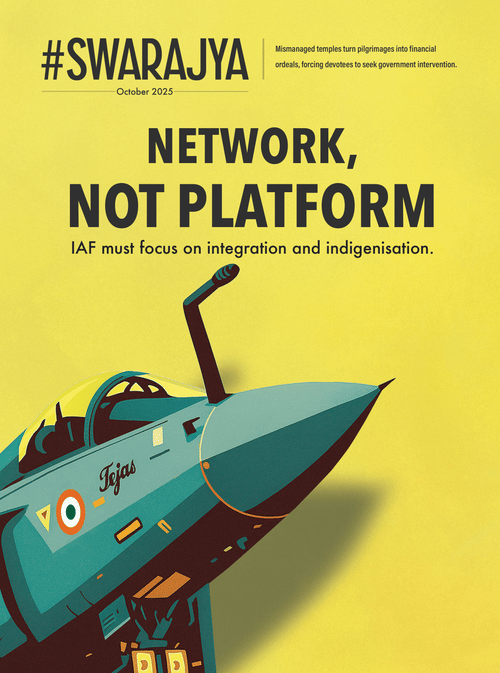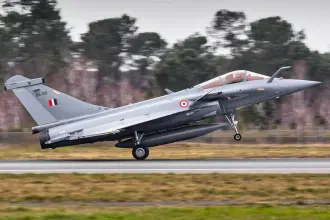News Brief
Delhi Plans Artificial Rain As Post-Diwali Pollution Pushes AQI To ‘Very Poor’
Arun Dhital
Oct 21, 2025, 02:31 PM | Updated 02:30 PM IST
Save & read from anywhere!
Bookmark stories for easy access on any device or the Swarajya app.


Delhi woke up on Tuesday to a heavy grey haze, reduced visibility, and worsening air quality following Diwali celebrations, with firecrackers contributing to the spike.
The city’s Air Quality Index (AQI) stood at 359 at 11 am, remaining in the ‘very poor’ category, according to the Central Pollution Control Board (CPCB). Of 38 monitoring stations, 31 reported ‘very poor’ and four ‘severe’ air quality readings.
In response, the Delhi government is preparing to conduct artificial rain through cloud seeding this week, the NDTV reported.
Environment Minister Manjinder Singh Sirsa confirmed that pilots have already completed trial flights over the target areas, and aircraft have been fully equipped for the operation.
“The entire setup is ready - from permissions to pilot training. The aircraft are fitted with cloud seeding equipment, and pilots have flown over the target areas to prepare. Now, we are just waiting for the IMD's approval,” Sirsa said.
The Chief Minister Rekha Gupta-led government, which came to power promising cleaner air, expects a green signal from the Indian Meteorological Department (IMD) between 24 and 26 October, when weather conditions are likely to be favourable.
The project, initially scheduled for July, was delayed due to monsoon, changing weather patterns, and a lack of suitable cloud cover.
Delhi’s post-Diwali pollution comes despite Supreme Court directives allowing only green firecrackers between 8 pm and 10 pm.
Sirsa emphasised that the artificial rain initiative is a part of a broader effort to mitigate severe pollution levels and protect public health, particularly after festival-related spikes.
The operation represents the city’s first major cloud seeding attempt after extensive preparation and trial flights over the target regions.
Please click here to add Swarajya as your preferred and trusted news source on Google





